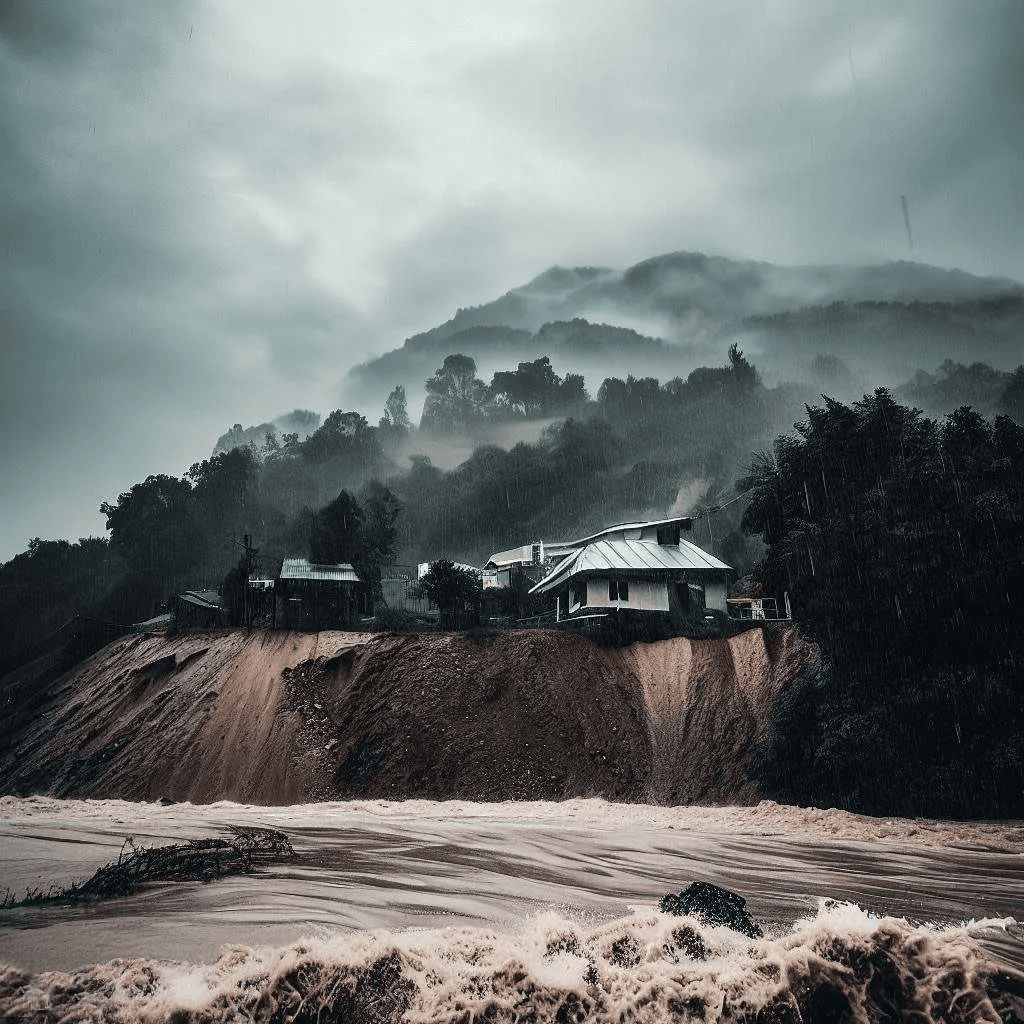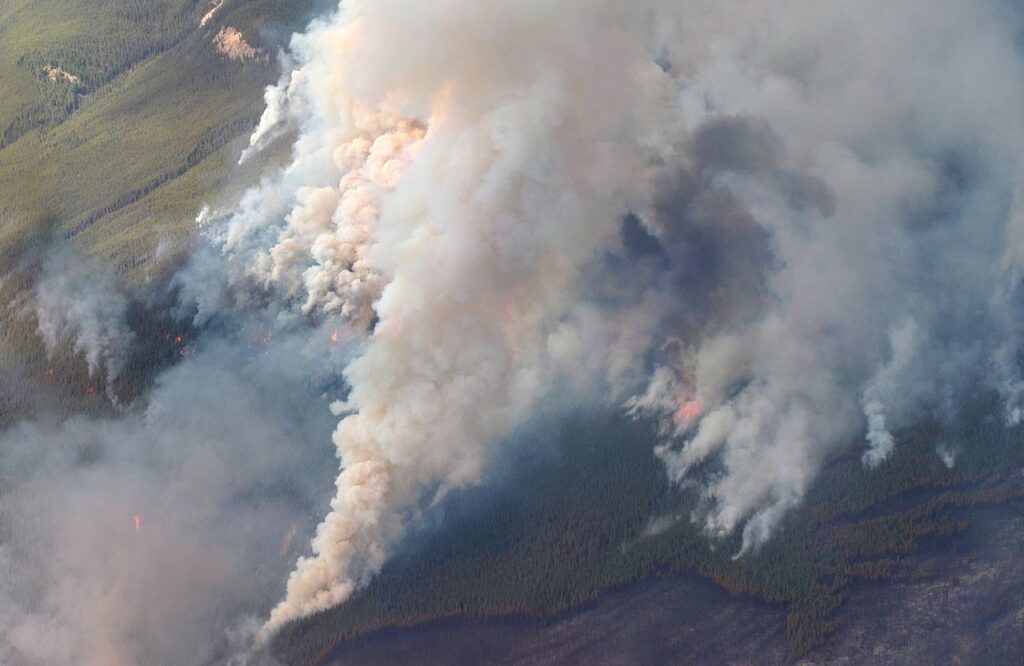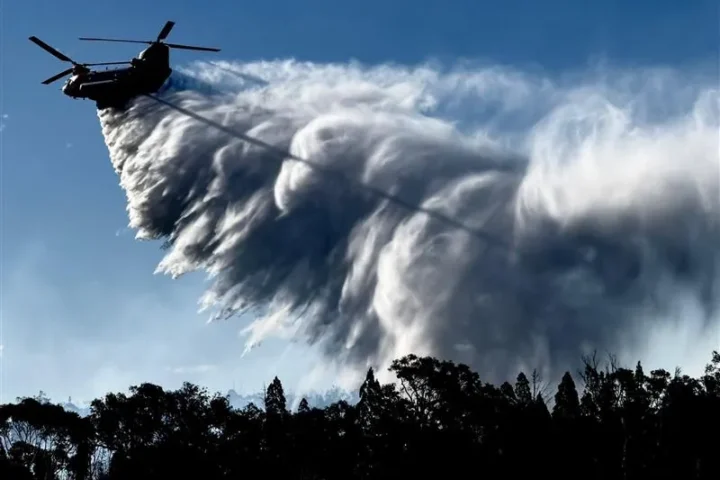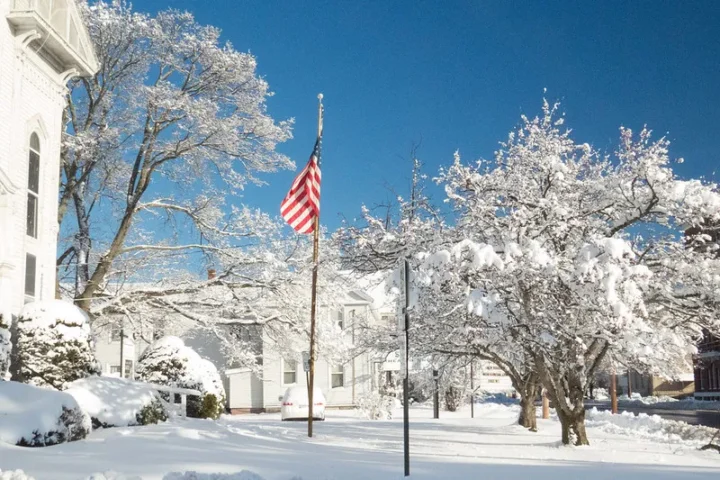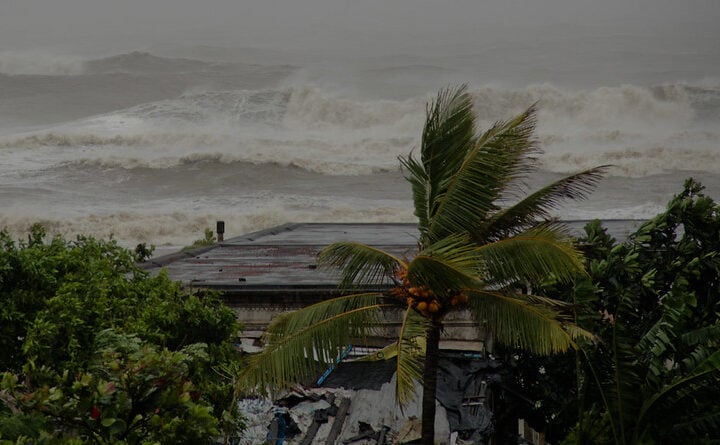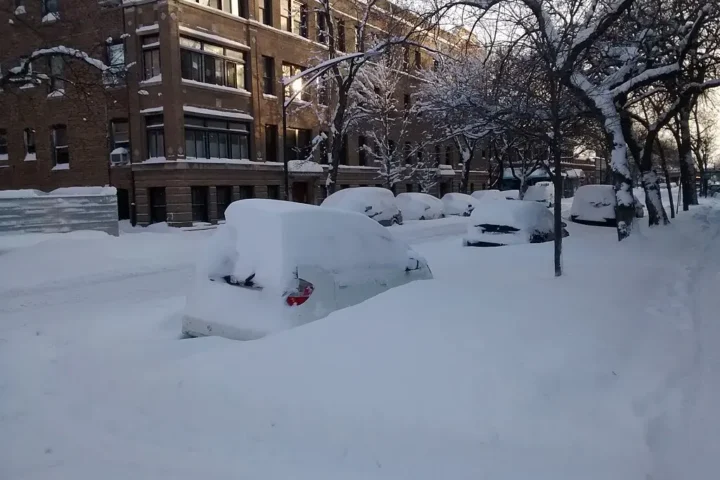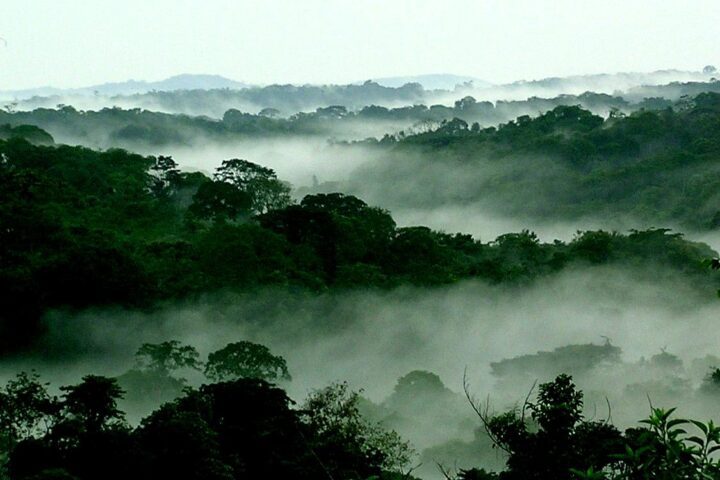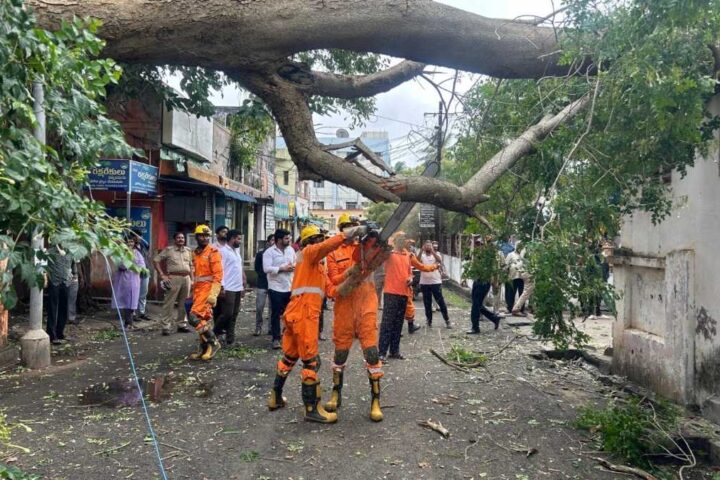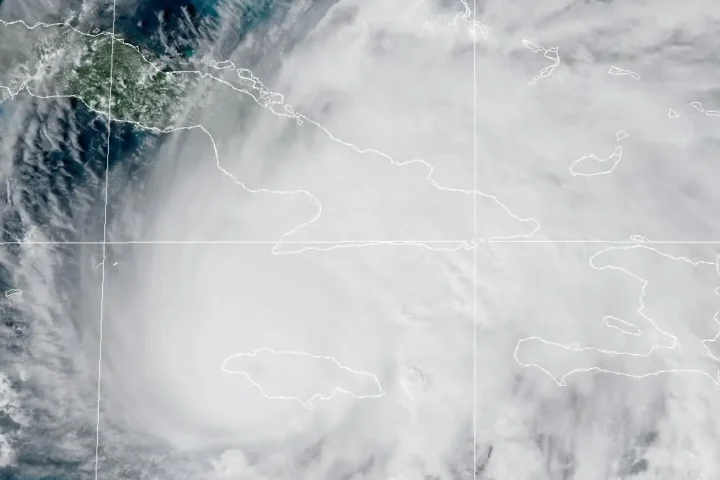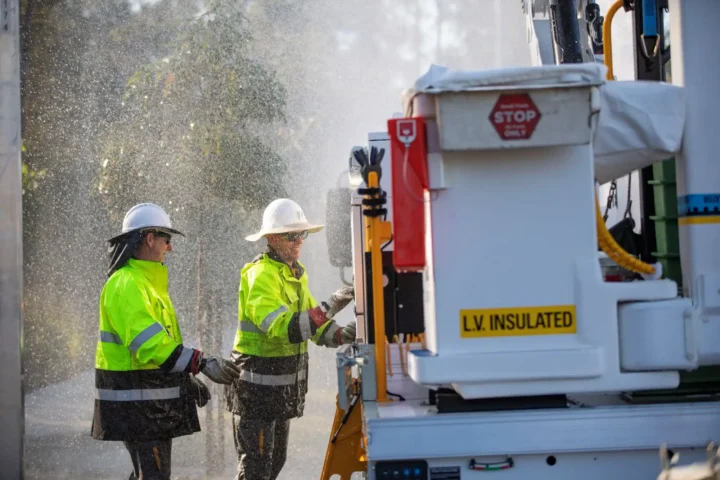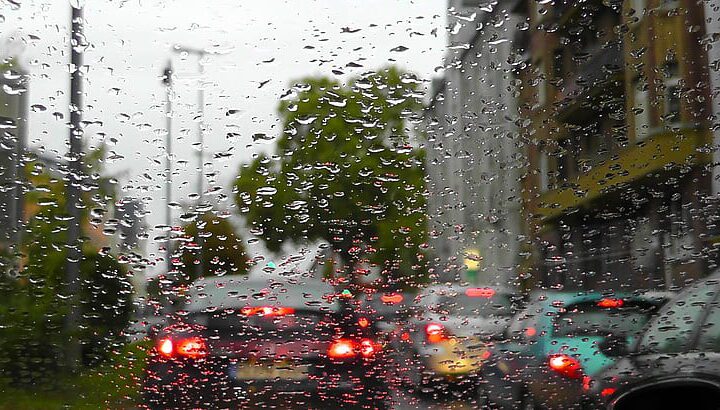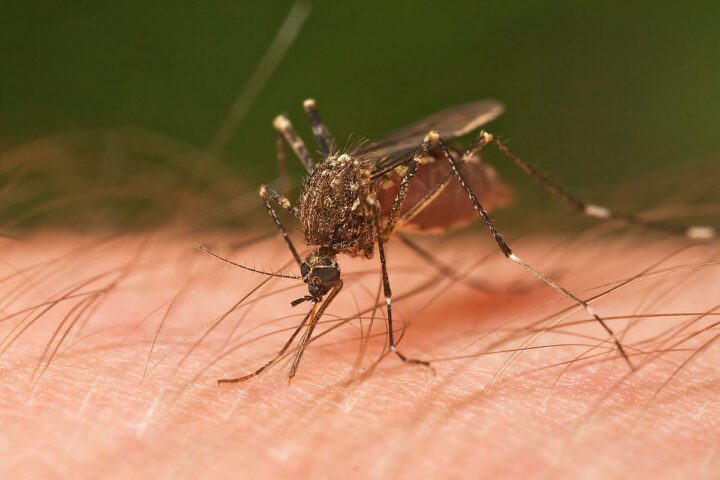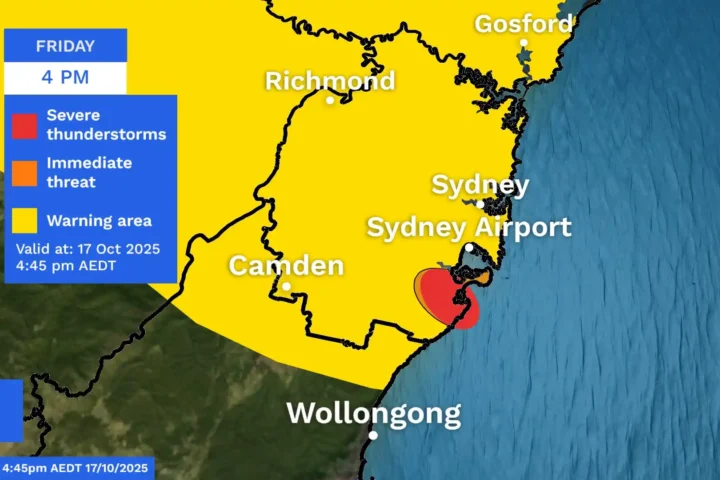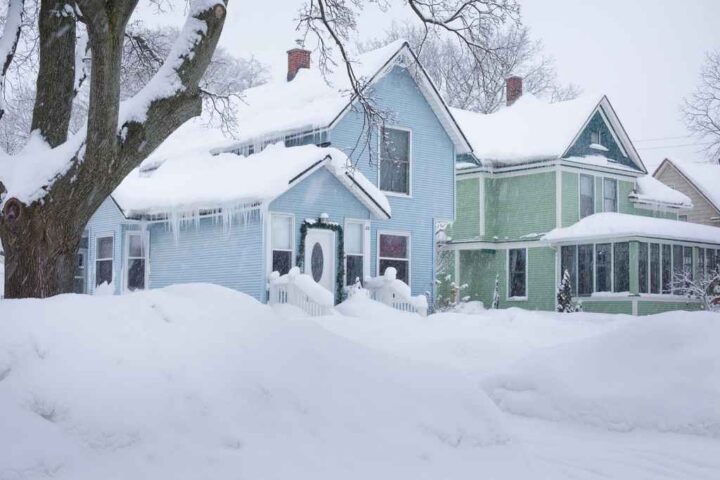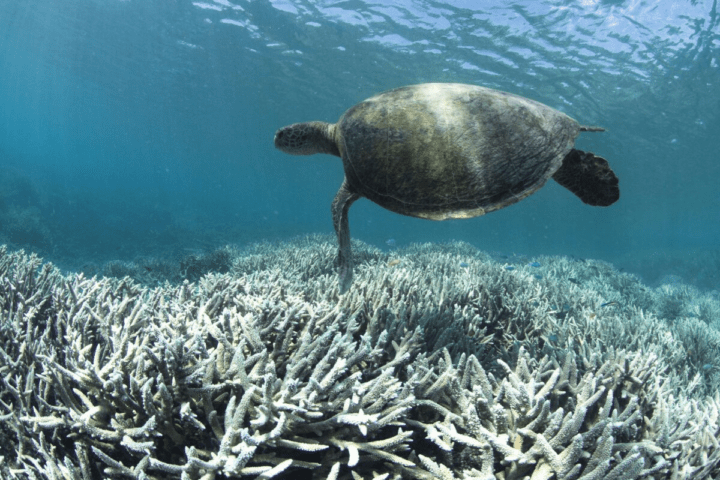According to the study published in the Journal Nature, it is revealed that as the climate warms, mountain regions will experience more extreme rainfall than previously anticipated, along with the associated hazards such as floods, landslides, and soil erosion.
The research done previously on climate change and precipitation focused on overall increases in extreme precipitation without differentiating between rain and snow.
This study, however, specifically examines the proportion of extreme precipitation that falls as rain versus snow.
It is indicated by the findings that for every degree Celsius of warming, higher elevations can expect a 15% increase in extreme rainfall.
The lead author of the study, Mohammed Ombadi, emphasizes that this is the first quantification of the increase in extreme rainfall in mountain regions.
Owing to global warming, the rate of increase in extreme rainfall is nearly double the increase in total extreme precipitation, including both rain and snow, as previously anticipated by climate scientists.
It is important to note that these findings pertain to the highest regions worldwide, above approximately 2,000 meters (6,500 feet) of elevation.
Similar Post
Making the risks of floods, landslides, and erosion associated with extreme rainfall significant, as around a quarter of the global population either lives in mountainous areas or resides downstream from them.
Particularly, rainfall plays a crucial role in predicting these hazards.
“We think that North American Pacific mountain ranges are more susceptible to the risk of rainfall extremes than other mountain ranges because a significant portion of snowfall in this region typically occurs at temperatures just below zero degrees Celsius,” Ombadi mentioned. “The slightest change in air temperature will shift this snowfall to rainfall. This is unlike other mountain ranges where snowfall may occur at very low temperatures below zero degrees.”
The finding also highlights that the threats of flooding, landslides, and soil erosion compound the risks already posed by melting glaciers in mountain ranges and river valleys.
Analyzing historical data from 1950 to 2019, the researchers projected future climate scenarios until the end of the 21st century.
Their focus was on the temperate and Arctic regions of the Northern Hemisphere due to limited data availability from the tropics and the Southern Hemisphere.
It is indicated by the findings that extreme rainfall increases steadily at the same rate for each degree of warming.
A 15% increase occurs with one degree of warming, while three degrees of warming correspond to a 45% increase in extreme rainfall.
The study, surprisingly, reveals that the increase in extreme rainfall does not plateau as temperatures rise further.
Different climate models, which consistently produced similar results, were employed by the researchers.
It was also found by the study that elevation played a role in the magnitude of the increase, with higher elevations experiencing a greater rise in extreme rainfall.
A phenomenon that researchers are still investigating is that different mountain ranges in the Northern Hemisphere show slightly different risks of extreme rainfall.
Another study from 2019, which examined the rising number of deadly landslides worldwide, aligns with the highest-risk areas identified in the current study.
Experts in the field who believe the findings and underlying data will contribute to future research on the health and safety implications of extreme rainfall, due to the novel approach and comprehensive data used by the Lawrence Berkeley team,
Dr. Ombadi hopes that this research will improve risk assessment models for floods and landslides, facilitate better planning and infrastructure development in vulnerable areas, and enhance climate models used to predict long-term changes in rainfall.
“Our findings revealed a linear relationship between the level of warming and the increase in extreme rainfall: For instance, 1 degree of warming causes 15% more rain, while 3 degrees leads to a 45% increase in rainfall,” Ombadi said. “There are many technologies in progress that could help us reduce greenhouse gas emissions and how much the planet warms. To me, this study shows the need to invest in those clean solutions, and also start preparing for the consequences of warming now.”
The need for immediate action is underscored by the study, as it demonstrates that extreme rainfall is already occurring and has been observed over the past few decades rather than being a future projection.
